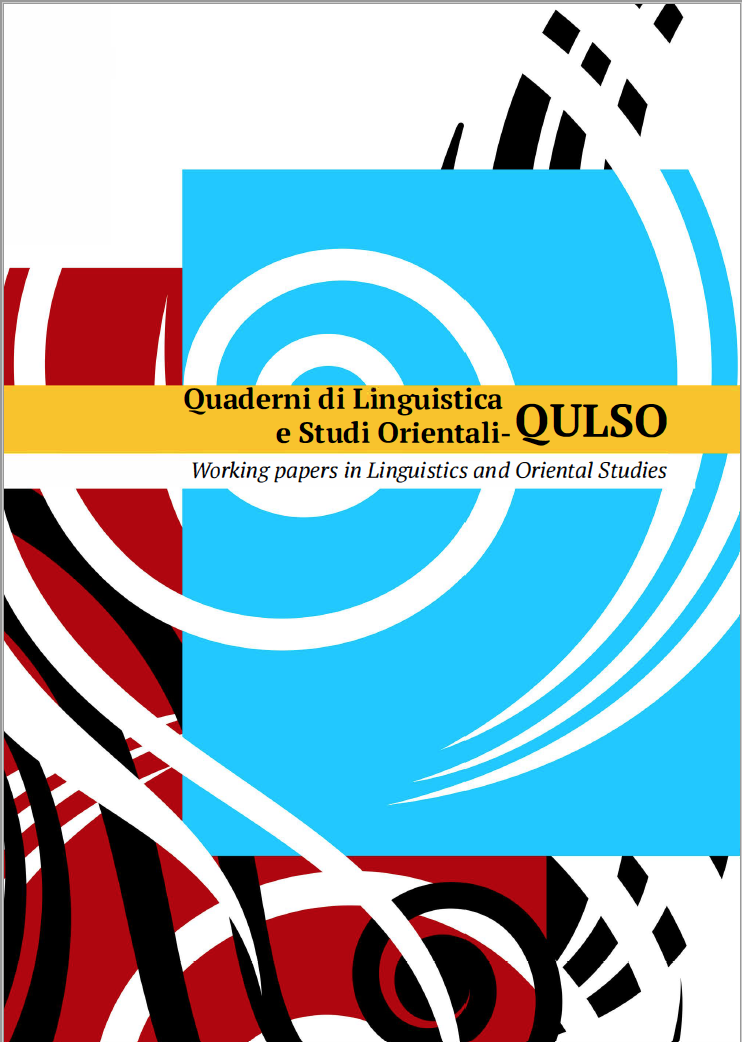Published 2019-08-29
Keywords
- Auxiliary selection,
- Differential Subject Marking,
- Distribution of OCls,
- Phases
How to Cite
Abstract
This article addresses a classical phenomenon of Differential Subject Marking, i.e. the selection of auxiliary in the perfect in relation to person in some Central and Southern Italian dialects. In these systems be/ have as auxiliaries alternate according to person and, partially, to active, non-active or passive voice. The attested patterns vary but a tendency emerges whereby 3rd person requires have, while 1st/2nd person require be. In the passive be is associated to all persons. We aim at describing the main types of the auxiliary patterns and proposing an analysis of the morpho-syntactic mechanism underlying the distribution of be and have. We connect the be/have alternation with the syntactic representation of the event and its relation with the distinction between deictic import of 1st/2nd person and the argumental reading of 3rd person elements. A core point of our discussion is the sandhi process of Raddoppiamento Fonosintattico in auxiliary contexts that the recent literature considers a cue of the syntactic difference between passive and active voice. Finally, a comparison with the Piedmontese systems selecting be as auxiliary regardless of the verbal voice is proposed as far as they can provide further elements for deepening the syntactic nature of auxiliary selection.



